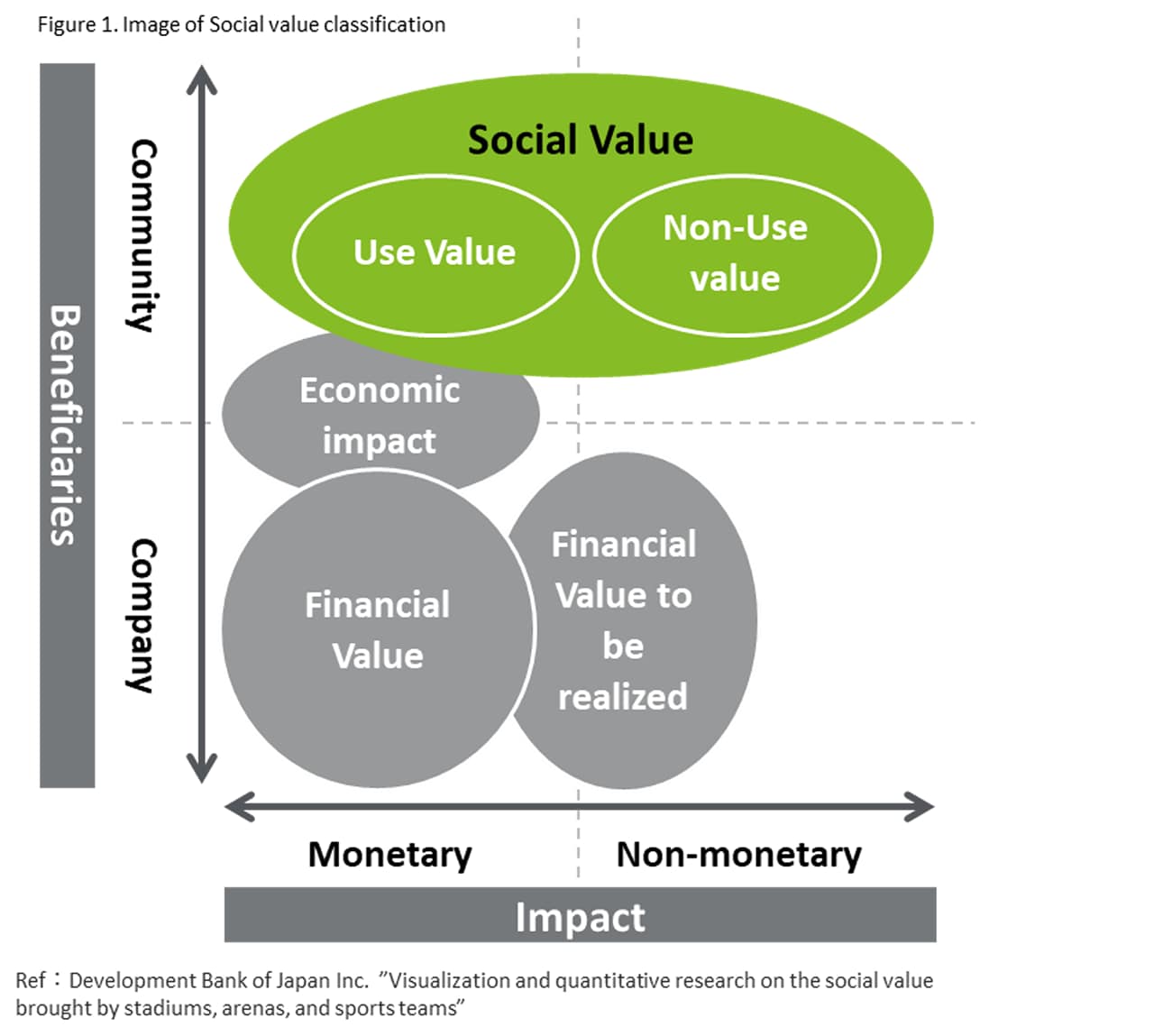Perspectives

Social Value Analysis of Niseko Town Initiatives
Report on visualizing the value of safety measures at ski resorts and Landscape Ordinance
Explore Content
- Introduction
- Definition of Social Value
- Social Value Analysis - Methodology
- Social Value Analysis of Niseko Town Initiatives
Introduction
The government of Niseko Town (Hokkaido, Japan), in the spirit of public involvement, has been closely working with local residents to operate ski resorts and to preserve the town’s landscape. These initiatives contribute to adding the social value such as smooth resort operations, landscape preservation, and the creation of the unique attractiveness of Niseko. We analyzed and visualized the social value of safety measures at ski resorts and Landscape Ordinance in Niseko through quantification methods, aiming to have a guideline that will help to evaluate future initiatives.
Definition of Social Value
Social value is defined as the public benefit shared with stakeholders such as local communities and industries through the existence of the subject or economic activities utilizing the subject. Social value can be broadly classified into use value and non-use value depending on its nature (see Figure 1). Use value is derived from direct or indirect use of the good, for example, timber production or food production. Non-use value is the value derived from indirect use even though it cannot be directly consumed, for example, recreational use.

Social Value Analysis - Methodology
Social value is an intangible value. We may not easily be able to observe the value of the consumer utility because the object is not necessarily traded in the market. In the analysis of social value, Cost-Benefit Analysis (CBA) is the longest-standing analytical method. It includes methods such as the Consumer Surplus Approach, which estimates the demand curve for consumption behavior affected by the good and calculates the resulting changes in consumer surplus, and the Contingent Valuation Method (CVM), which analyzes how much utility stakeholders think they are benefitted from the good (“willingness to pay” or WTP) through surveys or similar methods.
Social Value Analysis of Niseko Town Initiatives
In this research, with the cooperation of Niseko Town, we have conducted a web-based survey on safety measures at ski resorts and landscape ordinance, receiving responses from 493 people (including 64 Niseko residents, 129 domestic tourists, and 300 overseas tourists) to analyze the social value.
The survey results show that the Niseko Rules are highly regarded by Niseko residents and tourists in terms of both safety and fresh snow skiing. Regarding the effectiveness of the Niseko Rules, the largest percentage of respondents valued that the rules “ensure safety,” followed by “respect the freedom of skiing on fresh snow” and “reduce the burden and risks faced by ski resorts.” Based on the above survey, we have examined individuals’ willingness to pay (WTP) and found that regarding safety, the WTP for each group analyzed in this survey exceeded the insurance premiums of approximately 300 yen typically paid in the market for skiing- and snowboarding-related injuries.
As to landscape ordinance, the survey results capture differentials in the value that tourists and residents perceive in landscape ordinance. The difference in WTP between domestic and overseas tourists is attributable to a higher level of interest in social issues and awareness of the associated cost burden overseas than in Japan. Though residents’ WTP is higher than that of tourists, there is a difference in opinion among residents based on the trade-off for residents between landscape protection and the development of commercial facilities for tourism and other businesses. In this regard, it is important for Niseko Town to present a medium- to long-term vision for landscape development in order to resolve the trade-off between development and landscape maintenance, and by sharing the vision between residents and developers, appreciation for landscape development is expected to increase in the future.
Please see the attached full report from the download button.



